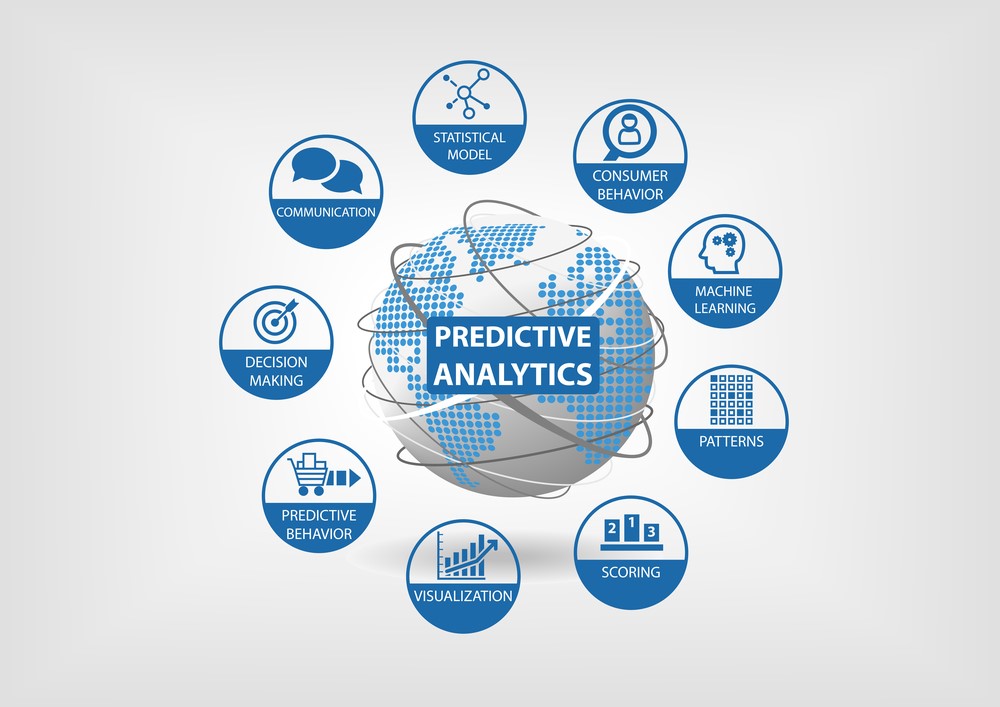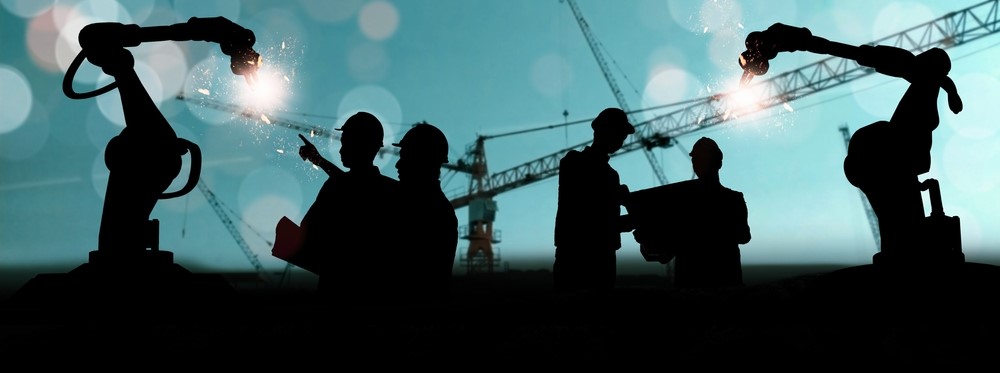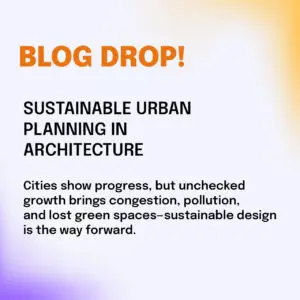
Machine Learning (ML) has assumed significant importance in architecture in recent times. When coupled with data science technology, ML offers substantial advantages in data forecasting and predictive analysis. Moreover, it involves the processes of data acquisition, data processing, model engineering, excursion and deployment within its ambit.

Urbanisation and carbon dioxide emissions
With the influx of urbanisation predicted to cause a 70% increase in urban population over the next 15 years, the need for construction is very high. About 7 billion people will live in cities, and this boom will further contribute to climate catastrophe and further devastation. Urbanisation generates a significant amount of carbon dioxide emissions, adversely affecting the environment. Thus, there is a need to apply sustainable solutions to architecture and construction, and ML can offer a helping hand in this endeavour.
Application in architecture
Machine Learning will contribute toward the reduction of CO2 emissions by incorporating aspects of architecture and building design:
- ML provides the foundation for long term, sustainable and adaptable solutions to global sustainable architecture problems. A systematic map of the consumption of building materials without wastage will determine environmental impact.
- Increasing the energy efficiency of the systems based on renewable energy resources and integrating ML models in the design will facilitate the optimal flow of energy in a green building.
- Due to access to big data available, ML systems will enable individual needs and preferences in the design and interior of a home and focus on mass personalisation with almost zero waste.
- Movable walls and mobile infrastructure made possible by ML based model designs will increase space flexibility in architecture.
- The minimisation of construction waste is an important area of impact. ML will recommend suitable solutions to component use based on environmental impact and the budgets available. Implementing reusable components will be a huge disruptive change.
- ML models will suggest the optimal location of objects in home design using platforms and artificial intelligence based on user needs. A uniform communication system will thus get enabled.
- Intelligent environments can be created with the advancement of the Internet of Things (IoT) and applications that connect the environment and users.
- Decentralised systems can be developed with the help of blockchain technology and the IoT. ML models help with the amount of data and minimise the impact on the environment.
- Digital platforms and the use of artificial intelligence will help create user-oriented environments. ML will help provide solutions to this for each user.
- The construction industry’s potential can be enhanced by introducing integrated solutions to optimise the construction process in terms of the carbon footprint. The use of biodegradable materials and natural fibres is sustainable, and ML will suggest optimal materials vis a vis environmental impact, cost and durability. It also offers single transport modules for transportation of building construction material and can recommend the infrastructure and transport capacity constraints.
- ML will help create a sustainable urban environment. Due to the construction of many residencies and multi-functional buildings, it will help to optimise resources sustainably.

Moving forward with Machine Learning
The integration of Machine Learning in architecture can be very beneficial in reducing the carbon footprint and sustainable building design. It presents the way forward in architecture and construction.
OmDayal Group of Institutions: Cultivating excellence in the next generation of engineers
The OmDayal Group of Institutions was established in 2010 with a vision to prepare progressive architects and engineers. The college offers engineering and architecture courses affiliated with MAKAUT (Maulana Abul Kalam Azad University of Technology). It is accredited by NAAC and approved by AICTE and COA. With a robust learning environment and experienced faculty, the students are equipped with a strong foundation. The Institute also offers Vocational Diploma courses and is affiliated with the West Bengal State Council of Technical and Vocational Education and Skill Development. It also provides flexible timing and on-job training in partnership with the National Small Industries Corporation (NSIC), Govt. of India Enterprise to facilitate better placements. A leading college in West Bengal, OmDayal Group of Institutions, holistically prepares its students as future professionals.
For more information, visit https://omdayal.com.
References:




